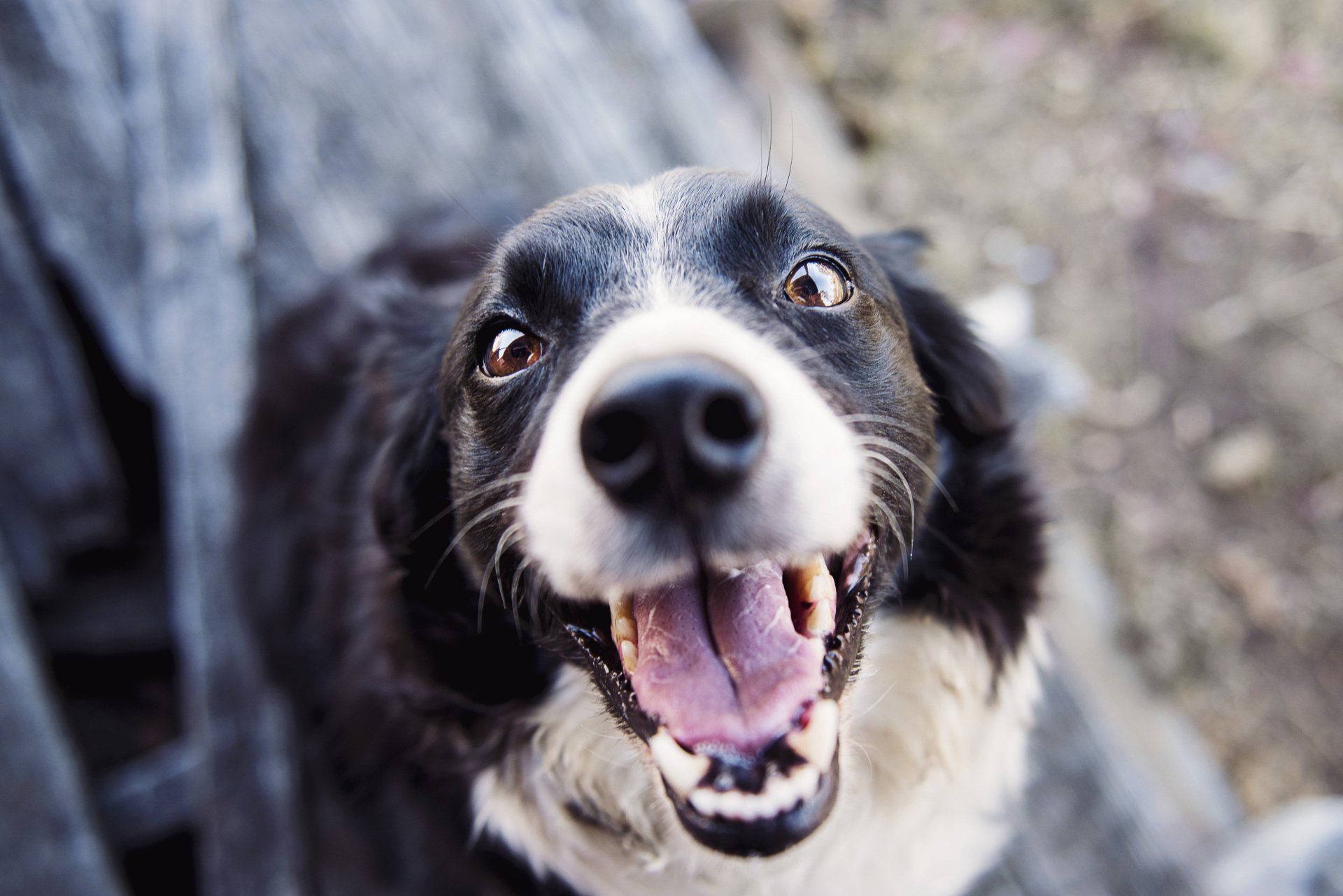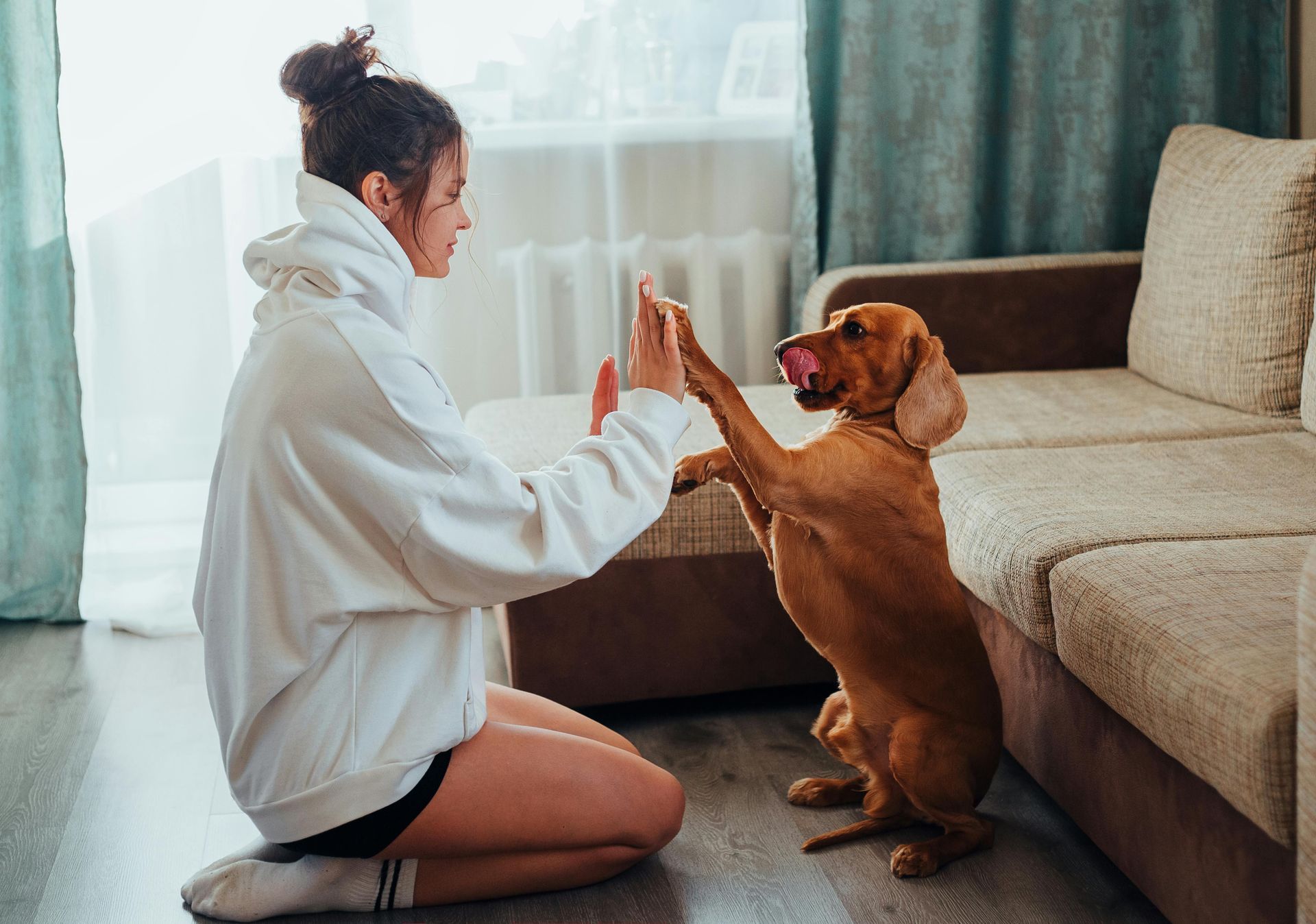Royal Library
From Fear to Confidence

Desensitization is a powerful technique used to help dogs overcome their fears and anxieties by gradually exposing them to the triggers in a controlled and positive manner. Here’s a straightforward guide to understanding and applying desensitization techniques:
Understanding Desensitization
Desensitization involves gradually exposing your dog to a trigger (something they’re afraid of or react to) at a low intensity, and then slowly increasing the exposure over time. The goal is to help your dog become less sensitive to the trigger and remain calm in its presence.
Steps to Apply Desensitization Techniques
Identify the Trigger
First, identify what causes your dog’s fear or anxiety. Common triggers include loud noises, strangers, other dogs, or specific objects.
Create a Controlled Environment
Start the desensitization process in a controlled environment where you can manage your dog’s exposure to the trigger. Choose a quiet place where your dog feels safe.
Begin with Low-Intensity Exposure
Expose your dog to the trigger at a very low intensity. For example, if your dog is afraid of other dogs, start by having another dog far away where your dog can see them but does not react. If your dog fears loud noises, play the noise at a very low volume.
Pair the Trigger with Positive Experiences
While your dog is exposed to the low-intensity trigger, provide positive experiences like treats, praise, or playtime. This helps your dog associate the trigger with positive outcomes.
Gradually Increase Exposure
Slowly increase the intensity or proximity of the trigger over several sessions. For instance, gradually bring the other dog closer or increase the volume of the noise. Continue to pair the exposure with positive experiences.
Monitor Your Dog’s Reactions
Watch your dog closely for signs of stress or fear. If your dog becomes too anxious, reduce the intensity of the trigger and go back to a more manageable level. Progress at a pace that your dog is comfortable with.
Practice Regularly
Consistency is key. Practice desensitization regularly but keep the sessions short (5-10 minutes) to avoid overwhelming your dog.
Be Patient and Positive
Desensitization takes time and patience. Stay positive and patient, and avoid rushing the process. Celebrate small successes and progress.
Conclusion
Desensitization is an effective technique for helping dogs overcome fears and anxieties. By identifying triggers, creating a controlled environment, and gradually increasing exposure while pairing it with positive experiences, you can help your dog become more comfortable and confident. Remember, patience and consistency are essential for success.



